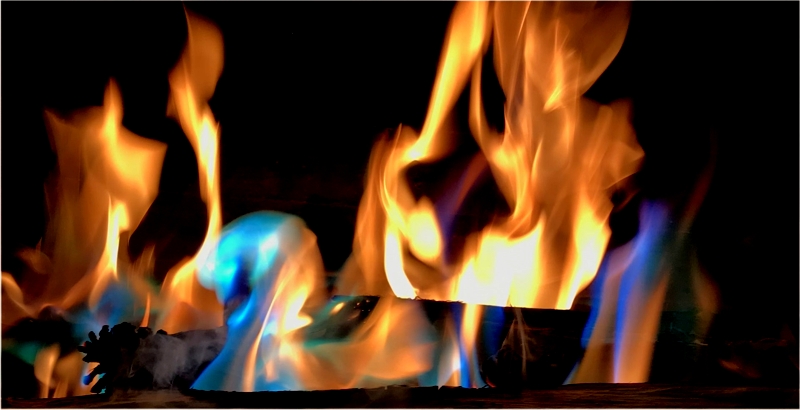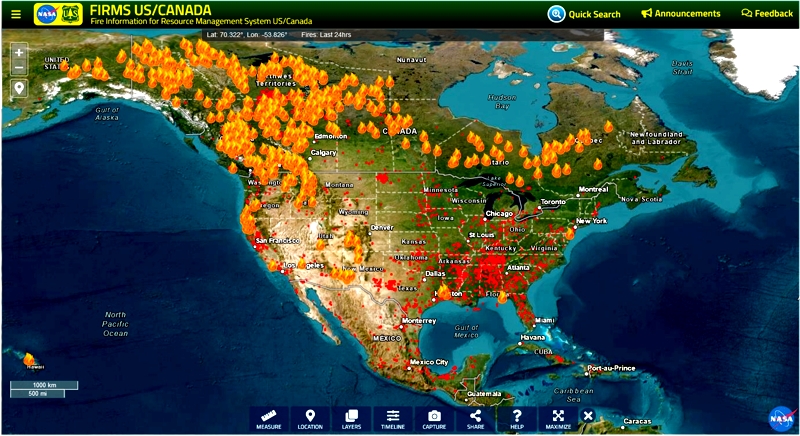Wildfires have become headline news due to their frequency and levels of destruction in recent years. My personal awareness got a kick a few weeks ago as a wildfire was tearing through 400 acres just three miles from my home. This particular fire destroyed one house and no one was hurt. It did make me decide to write about wildfires for my September column.
My experience with wildfires is small and I am very aware of how millions of people have been tragically affected by fire. Currently, wildfires are burning in, among a long list, Canada, the Pacific Northwest of the United States, Greece, Turkey, Australia, South Korea, Africa, Western Europe, Russia, Brazil, Argentina, and surprisingly Hawaii.
I wanted to focus on the wildfires in Maui. Since Hawaii is a string of islands in the Pacific, they have become a closely studied ecosystem where the changes to the environment increasing fire risk can be fairly well documented. As a generalization, much of the Hawaiian islands have changed from tropical forests to arid grasslands. Major factors in the recent fires have been drought, wind, invasive species and human development.
“Drought is a natural, frequent occurrence in Hawai’i with impacts on all islands. Droughts are often associated with El Niño events, which are part of a natural climate cycle in the Pacific Ocean” (NOAA). However, “between 1920 and 2012, over 90 percent of the state has seen a drying trend (Simon, 2023).
Wind drives fires and if hurricanes are becoming more frequent then fires will be more devastating. The Maui fires were fanned by “Hurricane Dora, which [was] churning hundreds of miles to the south, [and was] a low-pressure system. Meanwhile, to Hawaii’s north, a high-pressure system [had] formed. Those opposing systems created 80-mile-per-hour gusts across Maui, driving the flames forward” (Simon, 2023).
Non-native plants have been introduced and these are prone to burn easier than native species and can grow back after a fire, displacing native plants. An example is “Fountain grass (Pennisetum setaceumis) … during a wildfire, most of the above-ground portion of the grass is burned, including a highly flammable seed head. The seeds are dispersed by windy conditions that occur during wildfires. Fountain grassroots, which can easily withstand fire, quickly regenerate during Hawaii’s rainy winter season. There is more: “Varieties like guinea grass, molasses grass and buffel grass — which originated in Africa and were introduced to Hawaii as livestock forage — now occupy nearly a quarter of Hawaii’s landmass.” Another article supports this fact: “26 percent of the state is covered in these fire-prone grasses” (Simon, 2023), Also, “wildfires in Hawaii have caused many native plants to go extinct, and some have such narrow ranges that even if seed stock were still available, the necessary habitat may not be” (Wildfires, 2013).
Human development changes the natural balance of the ecosystem and prior to human habitation wildfires were simply part of the natural flow of life. Also, 85% of wildfires are started by humans. I know the fire near my home was started by human activity.
Several excellent Internet resources provide maps of current wildfires. I found it quite illuminating to see the map for the United States, Mexico and Canada from August 26, 2023, and how many fires were burning. Look at the image below. Yellow and red areas are fires.
As an aside: I have been reading the Western romances by Zane Grey and one of my favorites is called Wildfire (1917). It’s about a wild horse, not fires. I recommend it just for fun. Get a copy for free from the Gutenberg Project.
References
- The Scary Science of Maui’s Wildfires, Matt Simon, Wired, August 2023.
- National Integrated Drought Information System, NOAA.
- Division of Forestry and Wildlife, Issue #3: Wildfires, 2013.
- How Invasive Plants Caused the Maui Fires to Rage, Simon Romero and Serge F. Kovaleski, New York Times, August 2023.
- Why hurricanes feel like they’re getting more frequent, Rebecca Hersher, NPR, February 2023.
- Wildfire Causes and Evaluations, National Park Service.
- National Interagency Fire Center. Resources for wildfires including maps.
- FEMA National Risk Index. Maps of locations at risk for wildfires in the US.
- Wildfire smoke is warming the planet more than previously thought, scientists say, Sharmila Kuthunur, Space, August 2023.
 |
| Visits: 1623324 |



